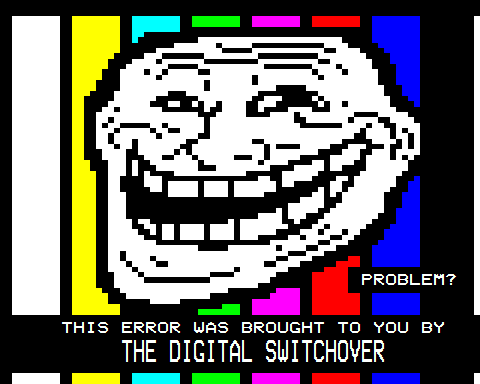 Gordon Moore, the founder of Intel, put forward his theory of hardware development in 1965. Basically it states that the number of transistors involved in a chip doubles every two years. Moore actually predicted the future: his theory became a reality with the Intel chip. Maybe this was actually a case of technology using the law to gauge development - in addition, the theory was refined to its current state in 1975. The original prediction was that computer performance would double every 18 months.
Gordon Moore, the founder of Intel, put forward his theory of hardware development in 1965. Basically it states that the number of transistors involved in a chip doubles every two years. Moore actually predicted the future: his theory became a reality with the Intel chip. Maybe this was actually a case of technology using the law to gauge development - in addition, the theory was refined to its current state in 1975. The original prediction was that computer performance would double every 18 months.According to the graph, at the time of teletext's inception there were only around 10,000 transistors on a chip as compared to over a billion today. The end result is that, as the years passed, technology became smaller whereas teletext remained largely the same. This was not due to lack of technological advances in the medium as such - level two (1981) and later level three (1993) teletext made use of the advanced transistor technology. The problem was the BBC's insistence to stay with the original (level one) format. Elsewhere in the world, these advances were embraced and widely implemented. The result was 'teletext on steroids', varying formats of today's interactive TV.
So, the natural progression would predict that the current teletext format, and along with it its aesthetic, should have been superseded years ago. Maybe due to television formatting, and later apathy towards teletext (BBC had been working on a version Interactive TV which would eventually be the successor to teletext, such was the plan) the original form has been kept since the medium's upgrade in the 1970s.
Sources
Intel
Wikipedia
Teletext timeline at this blog



0 comments:
Post a Comment